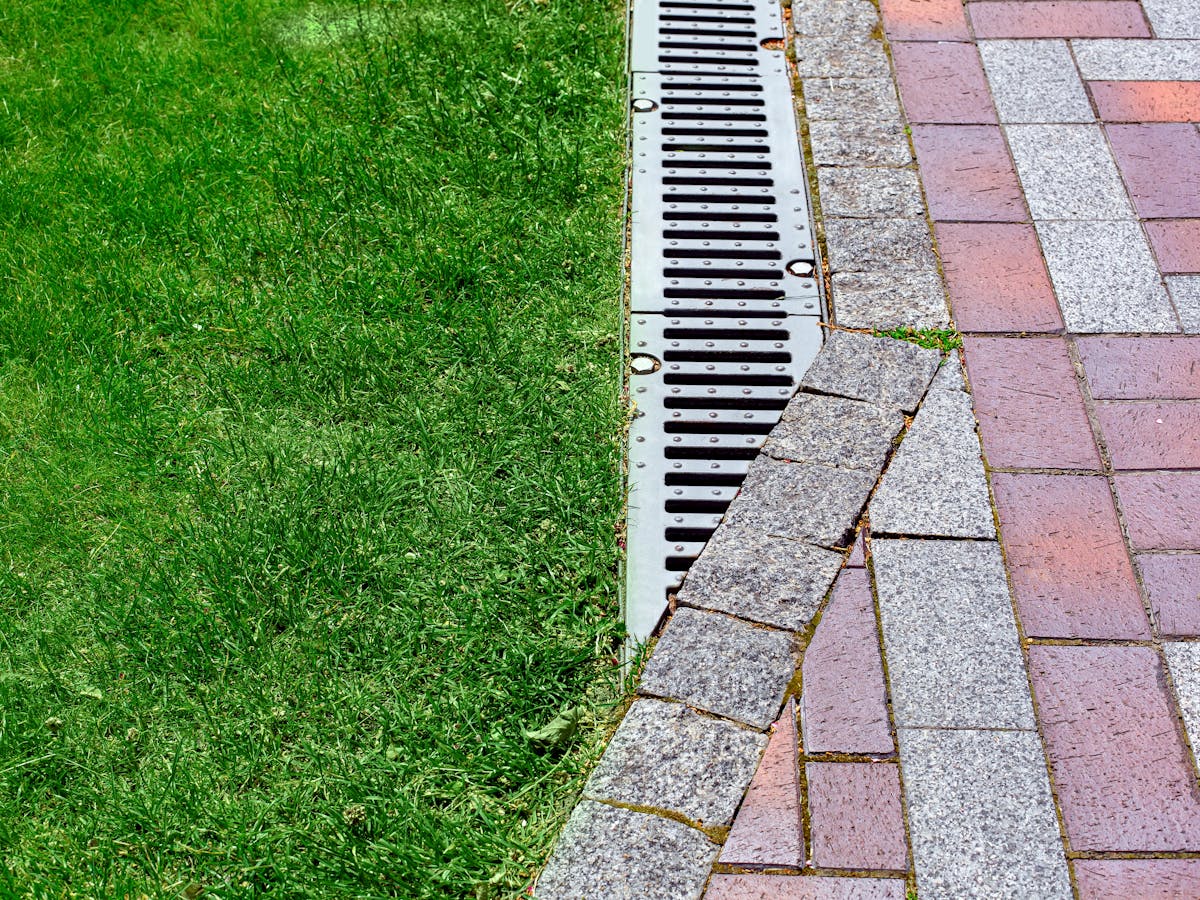Traditional water management in cities consists of treating rainwater as if it were residual. Therefore, it is generally not used. However, the cities of today and those of the future face significant challenges that call into question this management system in which water is waste and not a precious commodity.
The challenges of the 21st century
The first problem we face is the increasing migration of the population from rural areas to the city.
According to the United Nations Department of Economy and Social Affairs, 55% of the planet’s population currently resides in cities and it is believed that by 2050 this percentage will increase to 68% .
These percentages increase to 75% and 80%, respectively, when we talk about Europe.
The growth of cities brings with it the transformation of large areas of permeable soil into impermeable. This reduction in soil permeability translates into increased runoff during rain events and increased risk of flooding during torrential episodes.
On the other hand, climate change is increasing the frequency and intensity of extreme weather events such as torrential rains or prolonged droughts.
The first factor produces an increase in runoff. The second, a greater accumulation of pollutants during dry periods, which are dragged to the wastewater treatment plants and increase the costs of the process.
Finally, it must be considered that the absence of water in urban environments produces what is called a heat island . In fact, it is known that the average annual air temperature of a city of 1 million inhabitants can be between 1 and 3 ⁰C warmer than its surroundings.
This difference can be up to 12 ⁰C at night.
The paradigm shift
These problems have forced a paradigm shift in water management in cities. The Sustainable Development Goals proposed by the UN in 2015 propose models of sustainable and resilient cities that are capable of, as far as possible, restoring the natural water cycle in urban environments.
Sustainable Urban Drainage Systems (SUDS) are the new infrastructures that allow us to address these problems. They allow the hydrological response of an urbanized area to be as similar as possible to what it had in its natural state.
The Spanish Ministry for the Ecological Transition and the Demographic Challenge defines these systems as “superficial, permeable elements, preferably vegetated, that are part of the urban-hydrological-landscape structure and prior to the sanitation system”.
These infrastructures are intended to infiltrate rainwater into the ground, while retaining and transporting it, so as to reduce the volume of surface runoff and restore water quality by retaining a certain amount of pollutants.
In the case of those that store water on the surface, they can also refresh the environment and generate new green spaces for the enjoyment of citizens.
Types of sustainable urban drainage systems
There is a wide variety of these systems, so the choice of the most suitable must be carefully studied, taking into account the particularities of each area.
To control the water at source, green roofs or some type of permeable pavement can be used.
Filtering drains, in their many variants, or green gutters are often used to slow down and channel the water.
Detention ponds or artificial wetlands are preferred for water storage.
Bioretention cells or infiltration wells are used to infiltrate the water into the ground. These systems are subject to continuous technical improvements to increase their effectiveness more economically.
The recycled polypropylene cells that are used as permeable pavement are a clear example of this. These structures are formed by a set of hollow cubes similar to a honeycomb that act as a filter for rain through the interaction between water, soil, vegetation, air and microorganisms that simulate the soil of a natural ecosystem.
Towards a new kind of city
We must know that it is possible to transform our cities into healthy, sustainable and resilient spaces. The ability of cities to adapt, resist, assimilate and recover from the effects of floods, pollution and rising temperatures in a context of global change is vital for our very survival.
Citizens must demand that our representatives and managers walk in this direction. This path includes the adaptation of existing facilities, the implementation of sustainable urban drainage systems in new urban planning projects and support for research in green infrastructures.

